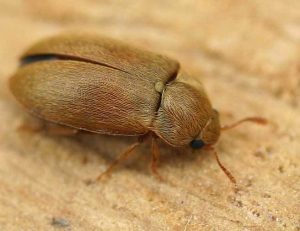Common diseases of raspberries & solutions
 There are some common diseases that can affect raspberries, but these can mostly be controlled if they appear.
There are some common diseases that can affect raspberries, but these can mostly be controlled if they appear.
Raspberry Viruses
Probably the worst and most difficult problem of raspberries as viral infections are incurable. The only solution is to grub up the plants and burn them.Replace with fresh stock and do not plant in the same place.
It is important to buy stock that is known to be free of viruses, as once infected, the canes lose vigour and crops are much reduced. Viruses are transferred from infected plants by aphids, leafhoppers or nematodes.
Symptoms are yellow mottling of leaves or stunted growth. There is no effective control and infected plants should be removed as soon as they are no longer productive. Making sure that weeds do not grow nearby is one way of reducing the possibility of infection, as many of the viruses live in other host plants, many of which are weeds.
Raspberry Rust
Raspberry Cane Blight
Raspberry Cane Blight is a serious fungal disease which enters the canes through small wounds and leads to die back of the cane. The first symptom is dead leave sin the summer, followed by a dark brown base to the cane, which becomes very brittle. Bayer’s Fruit & Vegetable Disease Control may be effective, but if the disease is widespread the canes will need to be replaced.
New canes should be planted in another part of the plot, or soil replaced.
Raspberry Spur Blight
Raspberry Spur Blight is a fungal disease where canes develop purple patches and become less productive. Ensuring canes are not overcrowded helps prevention, and again the above mentioned product can be an effective control.
Raspberry Leaf & Bud Mite
Raspberry Leaf & Bud Mite results in yellowish patches on the upperside of the leaves in May, when these mites emerge and canes may develop mis-shapen leaves towards the top. These symptoms are caused by the microscopic mites sucking the sap of the leaves. There is no chemical control, but affected canes usually produce a good crop.
Raspberry Beetle
Raspberry beetle can lead to small dry patches in the fruit towards the stalk end, and sometimes small grubs (6-8mm in length) inside the fruits.
Fruits setting later in the season are rarely affected. If they are a major problem, they can be controlled organically with a pheromone trap, which attracts the male beetles and takes these ‘out of circulation’ or with a spray containing deltamethrin as soon as the first pinkish fruit is visible , and then again two weeks later (Leave seven days before picking any fruit)
Hoeing in spring and summer will bring pupae to the surface and expose them to the birds and other predators, reducing there numbers.





